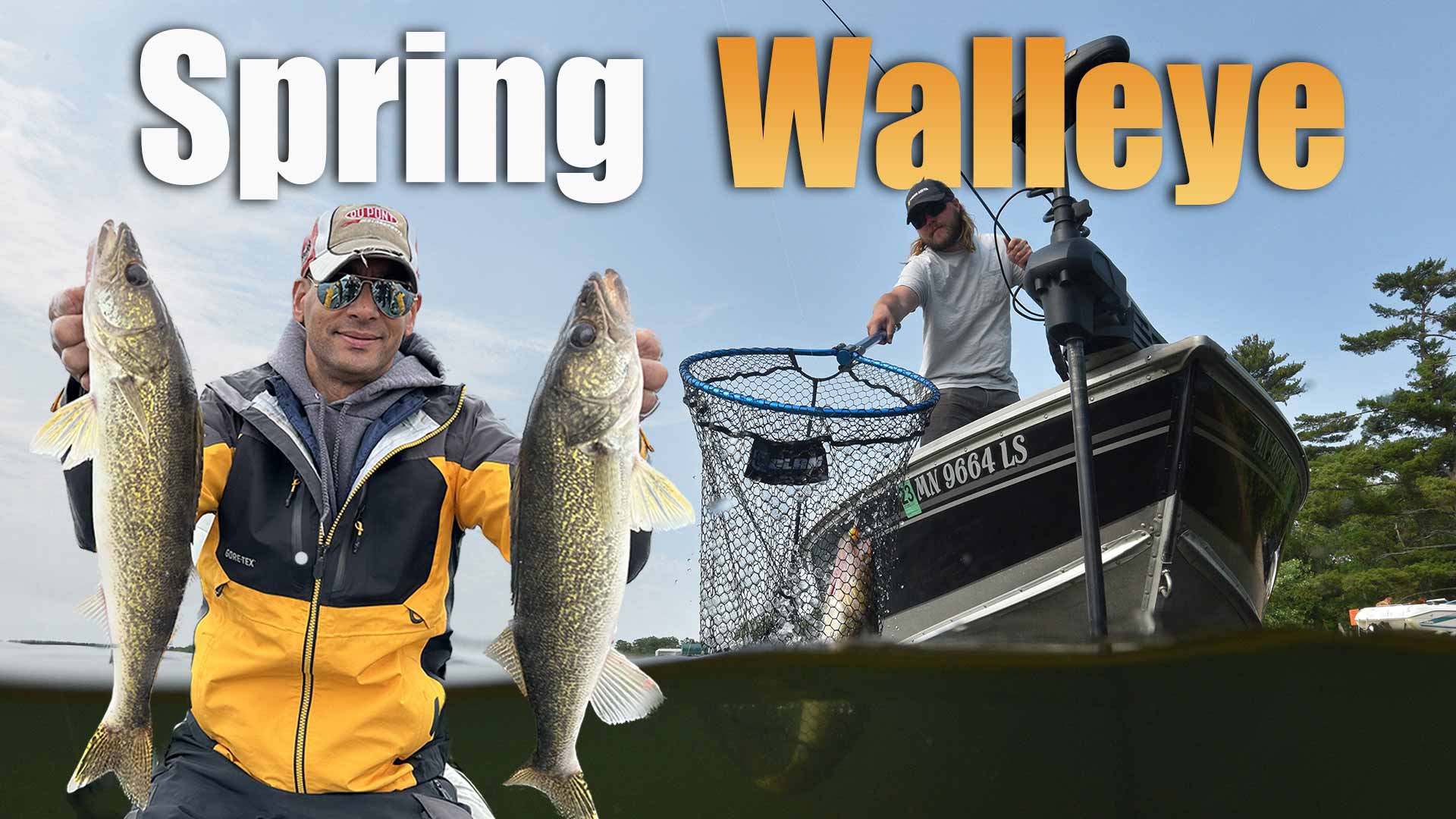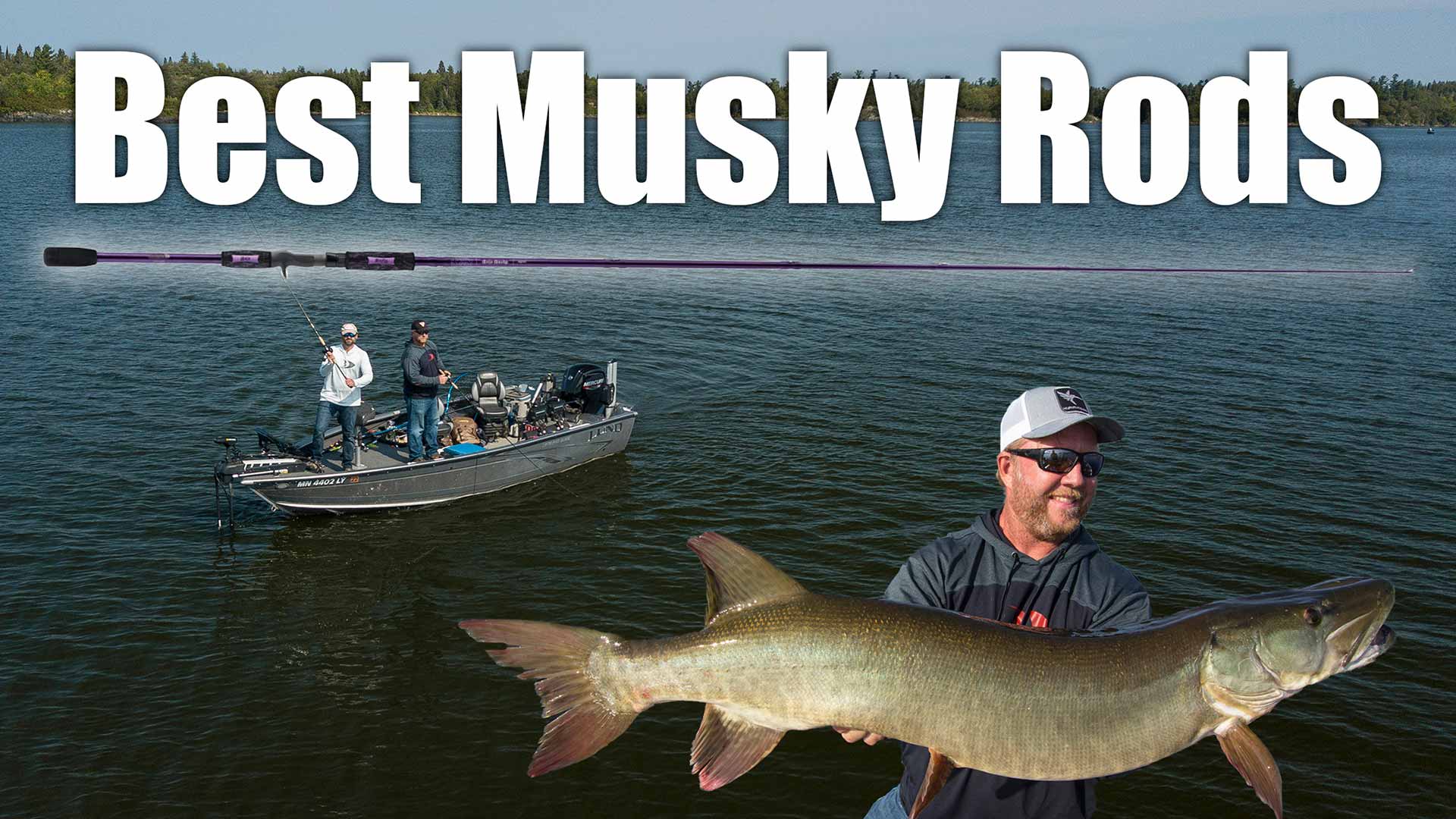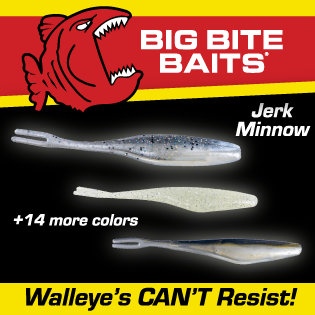Throughout the winter months, there are a variety of different locations to catch bluegills. You’re going to catch a lot of them along the weed edges during the early ice period. As the season progresses, a lot of those fish will move out towards the deeper basins, Pay attention to the hard-to-soft bottom transitions along that path because gills will often congregate in those areas.
Mapping technology can be an extremely powerful tool for this application. In the video above, James Lindner has isolated a group of panfish on a hard-to-soft bottom transition in 18-24 foot of water. He uses the depth highlight feature on his Humminbird Helix 5 ice unit to highlight that particular depth range. This allows him to more accurately identify fish-holding areas and cut holes there quickly and efficiently.
Bluegills are a popular target for ice fishing enthusiasts, and throughout the winter months, there are various locations where you can find and catch these fish. In this article, we will explore one effective strategy for targeting bluegills along bottom transitions. By understanding their behavior and using the right tools, you can increase your chances of success on the ice.
Understanding Bluegill Behavior
Early in the ice fishing season, bluegills can often be found along weed edges. However, as the season progresses, these fish tend to move into deeper basins, particularly along hard to soft bottom transitions. This transition area, where the hard bottom meets the softer basin, becomes a prime location for bluegills to congregate.
Utilizing Mapping Technology
One of the most powerful tools available to ice anglers today is mapping technology. By using a fish finder with mapping capabilities, such as the Helix 5, you can pinpoint these bottom transitions and increase your chances of finding bluegills in the right location. The depth highlight feature on the Helix 5 allows you to accurately identify the depth range where the fish are positioned. This information is crucial for cutting holes in the ice and targeting the bluegills effectively.
Cutting Holes in the Ice
Once you have identified the bottom transition area, it’s time to cut holes in the ice. By using the depth highlight feature on your fish finder, you can determine the specific depth range where the bluegills are located. This will help you cut holes in the ice at the right spots, increasing your chances of success.
Using Tungsten Baits
When targeting bluegills along bottom transitions, using the right bait is essential. Tungsten baits, like the vMC tungsten bait mentioned in the transcript, are a popular choice among ice anglers. These baits are small and dense, allowing them to sink quickly to the desired depth. Tipping the bait with a small amount of maggots can also increase its effectiveness.
The Importance of Mobility
To find and catch bluegills along bottom transitions, it’s important to stay mobile. As mentioned in the transcript, the anglers spent a lot of time moving around and searching for the fish. Bluegills can be moody and may not always be concentrated in one spot. By drilling multiple holes and exploring different areas, you can increase your chances of finding active fish.
The Benefits of Mapping Technology
Mapping technology, like the Helix 5, provides ice anglers with a wealth of information. Not only can you locate bottom transitions, but you can also track your movements and see the history of your jigging patterns. This can be particularly useful when fishing for bluegills, as you can observe their behavior and adjust your tactics accordingly.










